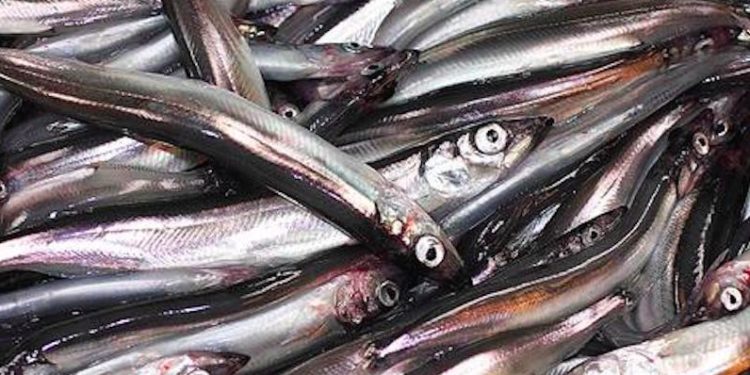Researchers have identified only small amounts of juvenile capelin in the Barents Sea, but encouraging volumes of fry with the third largest recorded volume in the region.
The stock has fluctuated on a large scale since the 1970s and researchers at the Institute of Marine Research have reported that there is hardly a stock anywhere in the world that displays fluctuations on the same scale as Barents Sea capelin.
According to the IMR researchers, the amount of capelin fry is grounds for optimism, and there are hopes that the stock will make a quick recovery in spite of the strong cod stock that preys largely on capelin. Their report also states that the fourth collapse of the capelin stock since 1985 could be approaching as three- and four-yearold capelin spawn and then die off the Finnmark coast.
The say that the different collapses have had differing effects and the first capelin collapse sparked an invasion of seals and a severe reduction in cod. The second collapse in 1993-96 resulted in cannibalism among cod, while a third collapse in 2003-05 had much less marked effects on the ecosystem as a whole.









